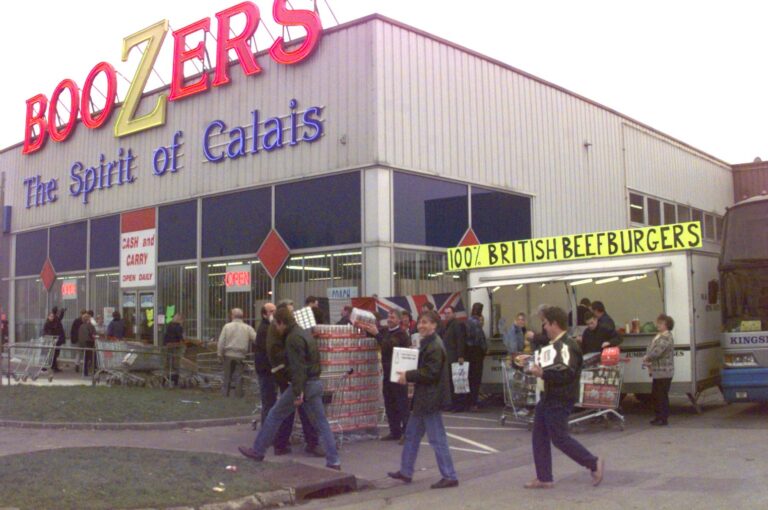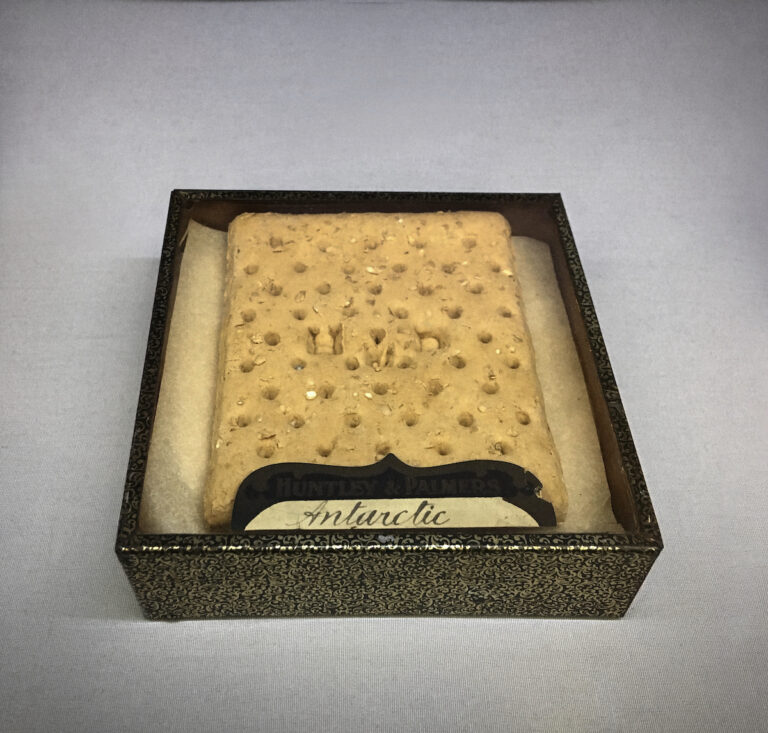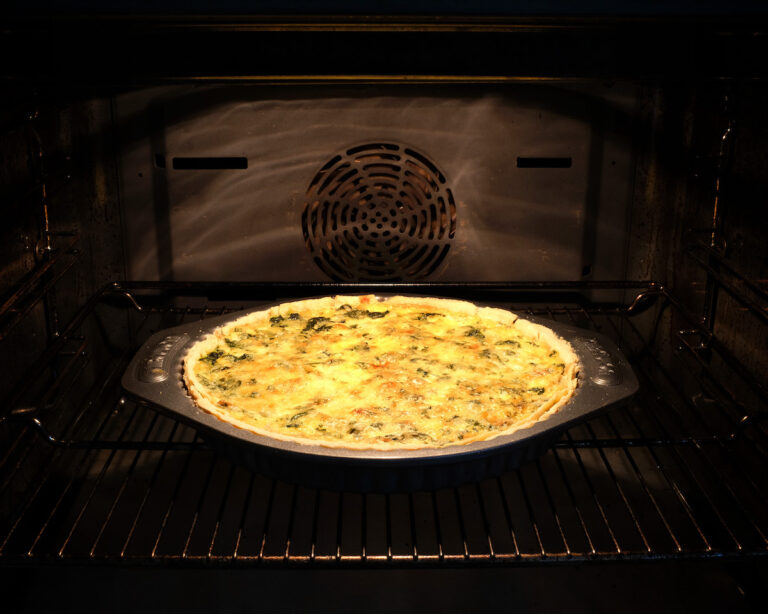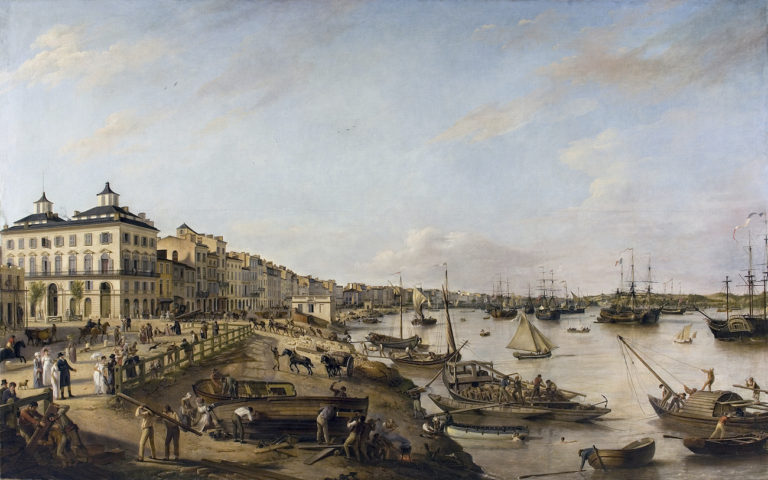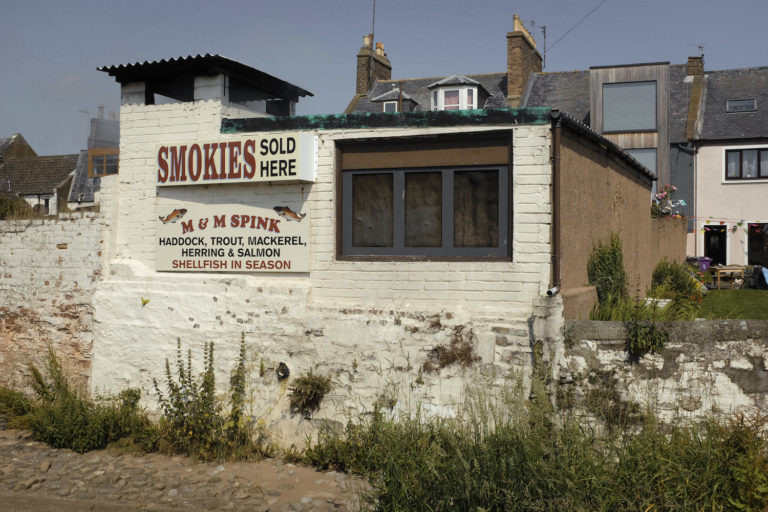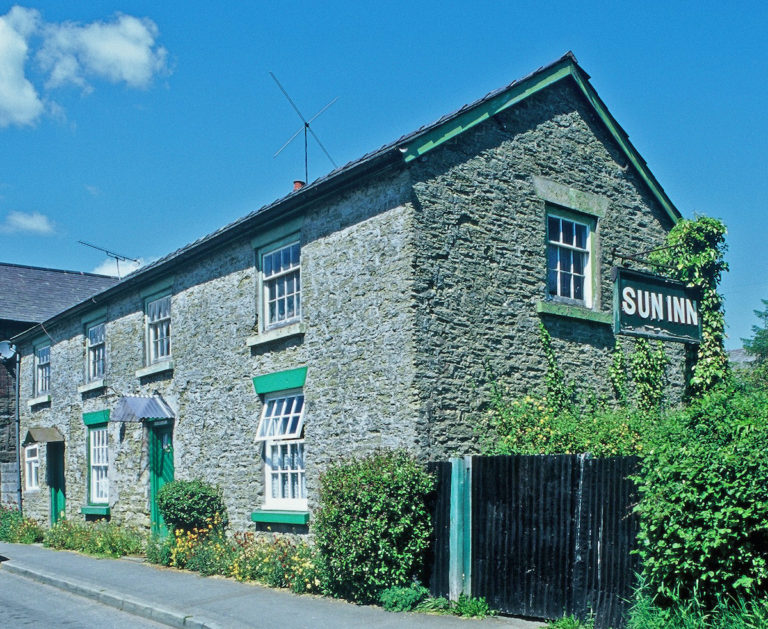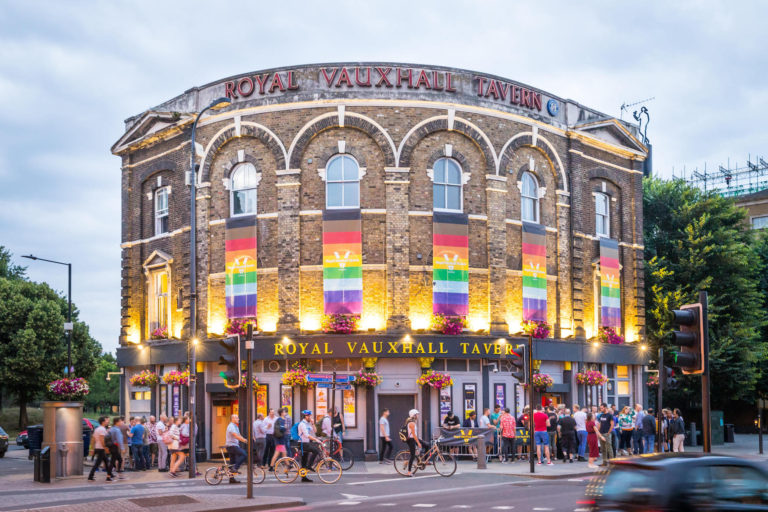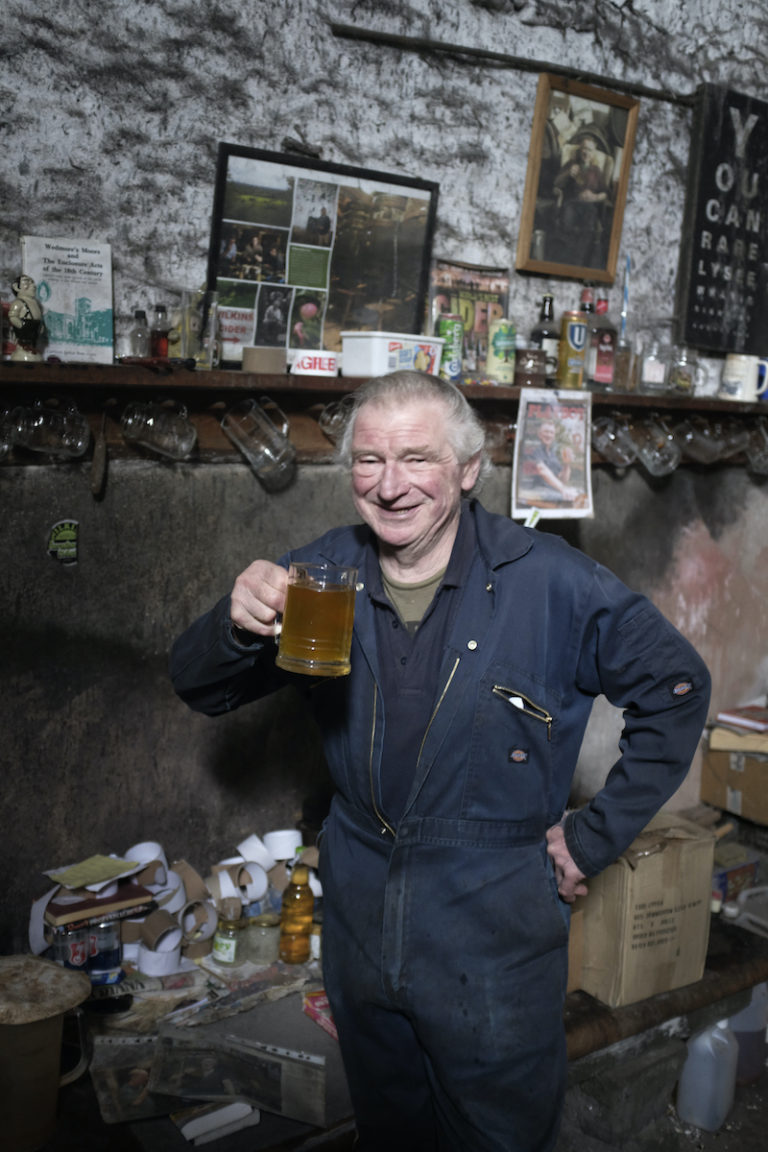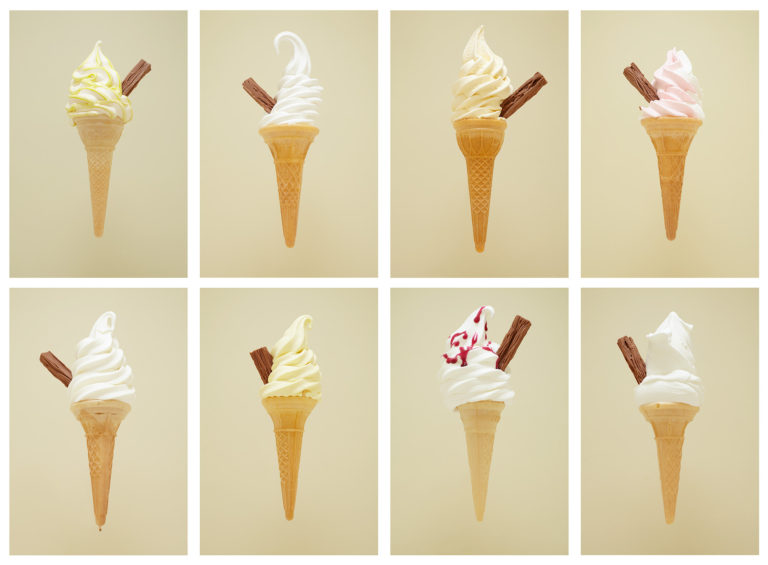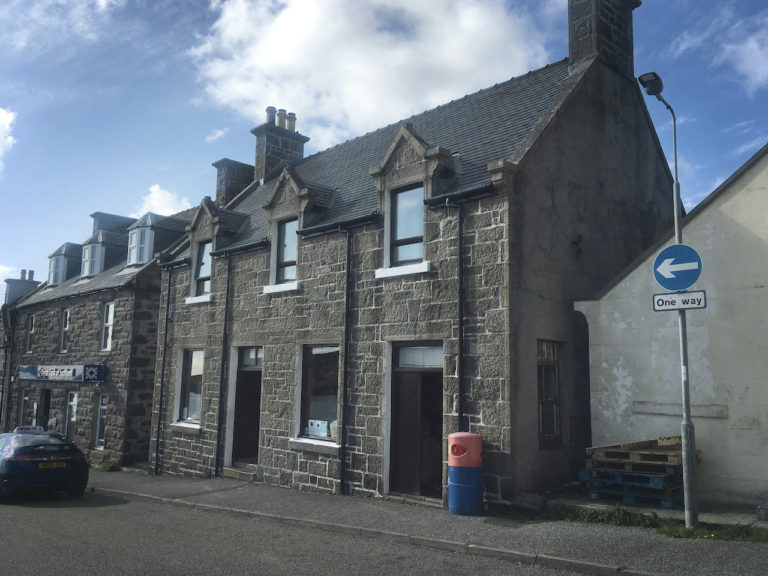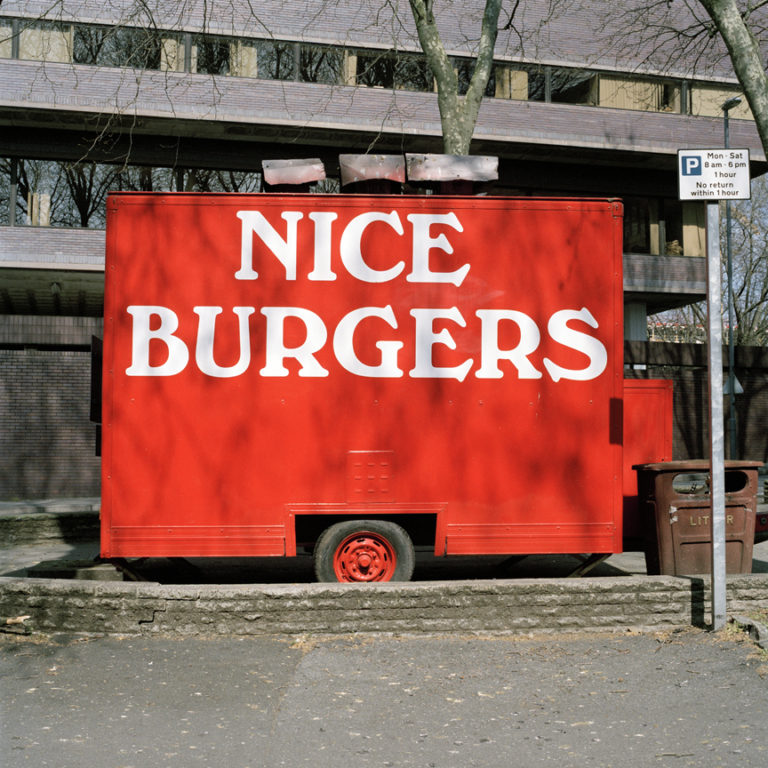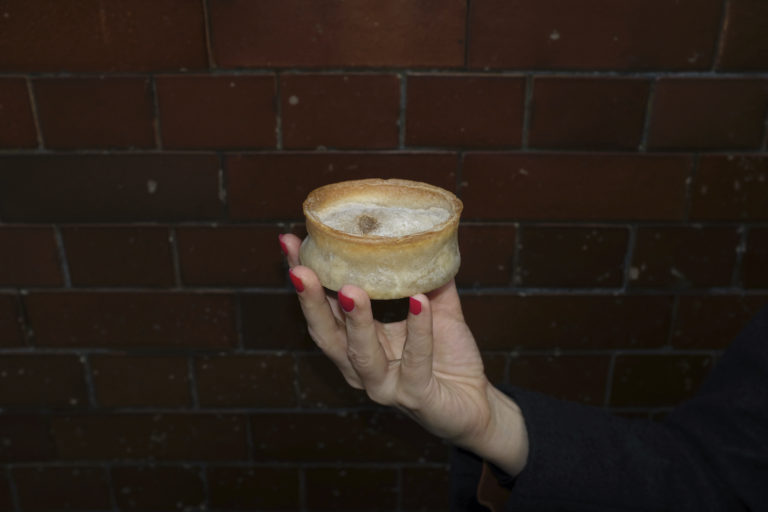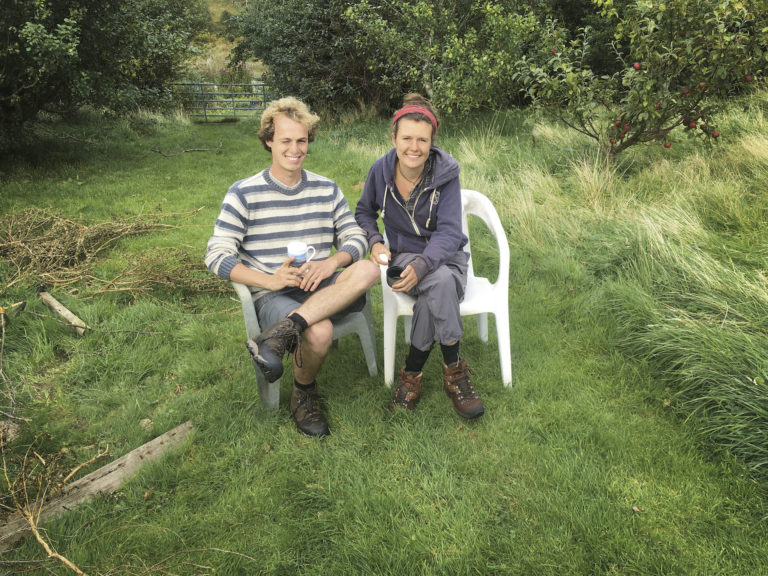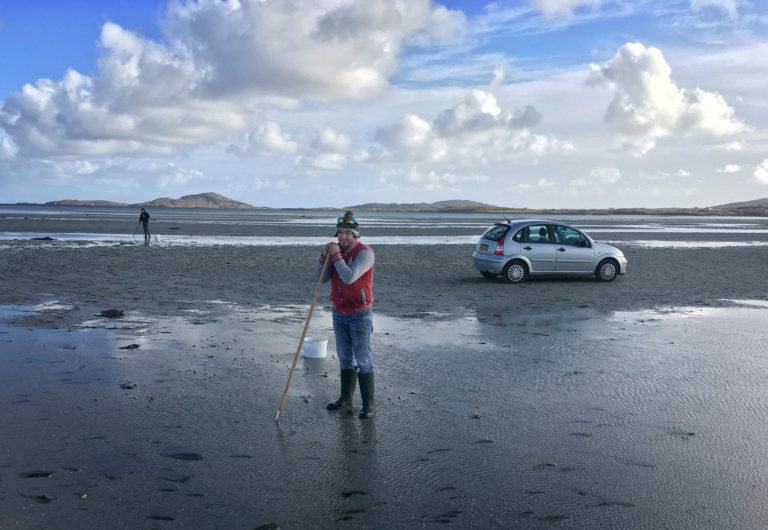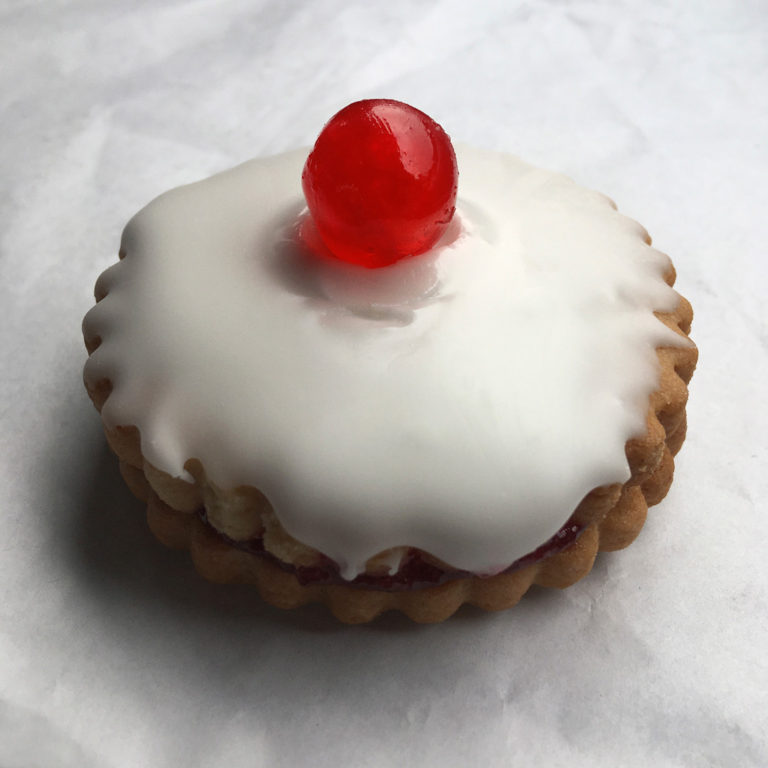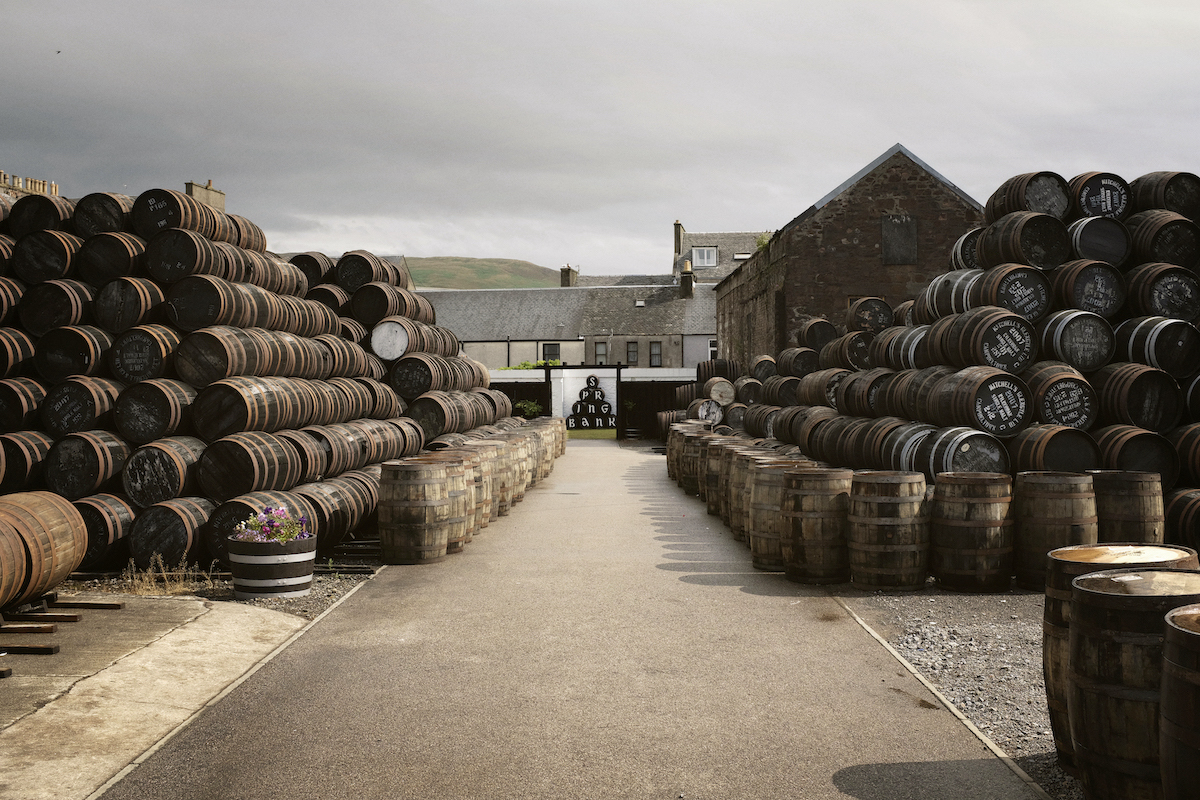
One of Scotland’s most atmospheric distilleries is at the spiritual and physical heart of its community.
It’s a driech day that began with a dense fret. You get the feeling that Campbeltown sees a lot of weather like this but it’s a handsome old settlement, sitting comfortably deep in a bay, at the base of the long Kintyre Peninsula. A crow could probably fly here from Glasgow and be back in time for tea but it’s a big hook of a journey by road. Its position makes a lot more sense by sea. Sea travel not being what it was, there’s a remote self sufficiency and a distinctively salty atmosphere in this workaday town.
A sweet yeasty fug pervades the place which comes from the Springbank distillery. Unlike modern industrial businesses the distillery is at the centre and heart of the town, the Victorian (ish) stone buildings look a little prison like but solid enough to weather another few centuries of Scottish rain. Through glassless windows you can see the precious grain from the street, floor drying in the occasional spot of rare sunshine and looking not unlike a raked Japanese gravel garden. The dulcet tones of Alanis Morissette waft from a doorway, supported by a happy sounding worker singing along. Serried ranks of the golden nectar rest and ready themselves in wooden casks outside, backed by the bonny Kintyre hills. Now geographically and financially on the edge, this used to be the whisky capital of the world.
Whisky has been around far longer than the Victorians and there’s a good reason why many distilleries are sited in out of the way spots. From 1644 heavy taxes were introduced on the national drink and by the 1820s, 14,000 illicit stills were being shut down every year, illegal production by bampots was big business. The Springbank distillery is built on the site of one such still owned by Archibald Mitchell. Gradually the industry went legal and the town boomed to 30 distilleries, by 1891 it was the richest town in Britain per capita. By the 1920s the booze boom was over, war, recession and prohibition in the US had hit hard. Campbeltown fortunes faltered like the ‘Motor City’ of Detroit or any number of one industry towns. The distillery hung on though, it’s a long haul product after all and ageing any surplus is always a good thing if you have enough cash to wait for better days. Alongside the Highlands and the Islands, Campbeltown is now one of the six great whisky regions. After the downturn, this status was at risk so the Mitchell clan bought another of the three remaining distilleries in the town to keep the vibe alive. In addition, there has been a worldwide resurgence of interest in the spirit since the 90s. That growth hasn’t quite propelled the town to the riches of auld but it’s getting there and the distillery has helped by buying empty shops. Family owned businesses can be this generous, shareholders don’t tend to care so much for localism.
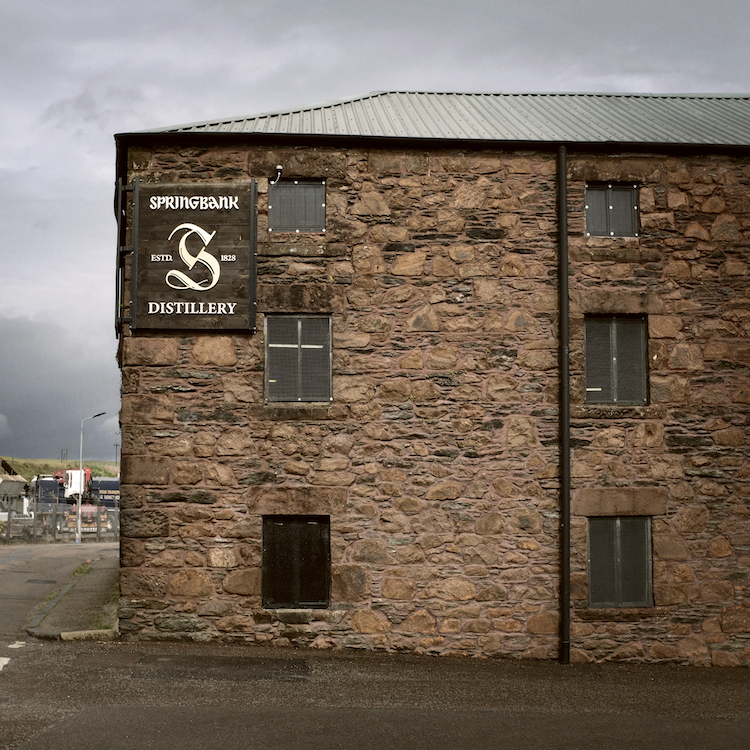
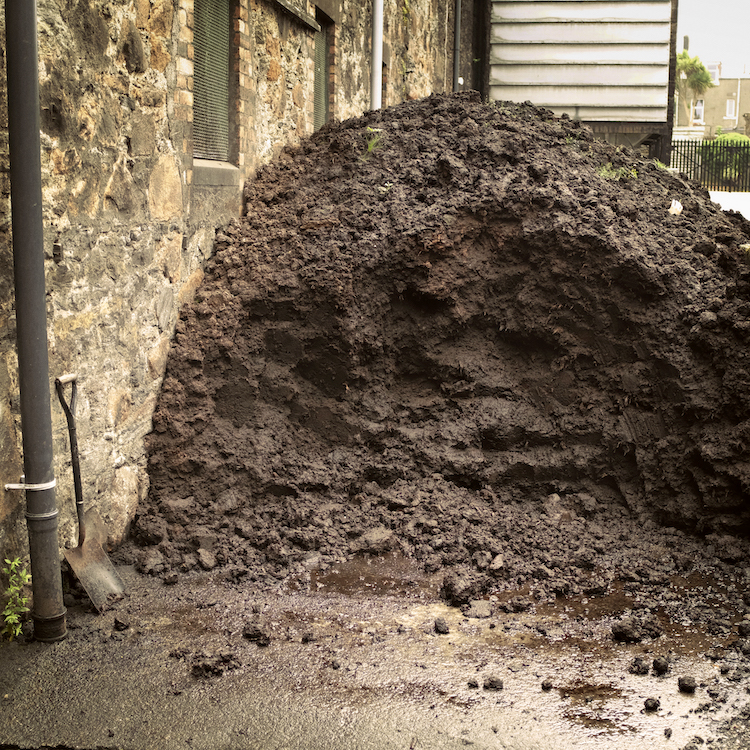
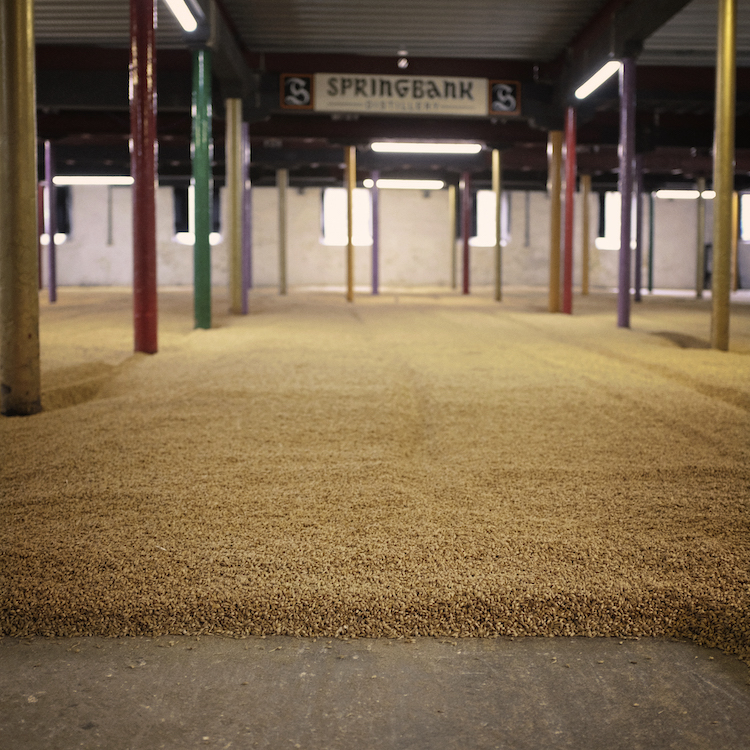
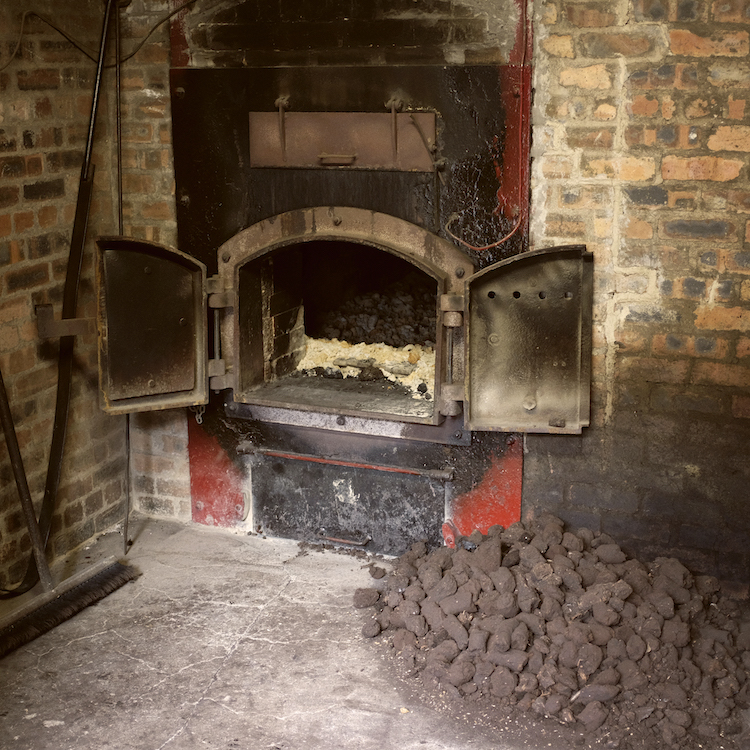
The latest canny owner is Hedley Wright Mitchell, Archibald’s great-great-grandson. The Coracle was treated to a visit by employee Nicole who comes from the Outer Hebrides. She says ‘they only employ certain types of people and the staff learn from the generation before so nothing changes’. This is very different to modern commerce, they might have been on their best behaviour but the staff I spoke to talk like caretakers for the next generation. Maybe they could eke out some greater % efficiency but change is slow and there are different priorities here. Since the whisky isn’t even bottled for seven years after making, maybe there’s no rush. This attitude is reflected in the building itself, gorgeously solid with a patina of age. If all this gives the place an evocative look, it also preserves the taste. The final product is largely controlled by the shape of the copper still it’s made in, the maturation time, the way the barley is dried and the type and position of the barrels. These braw old walls breathe whisky in the same way the barrels breathe the Kintyre sea air. It’s also the most self-contained distillery in Scotland, only barley and water come in the door, whisky goes out. A visit is an olfactory treat, the smell by turns fruity, yeasty, peaty and malty. Wonderful to me but even better for Nicola as the peaty smell reminds her of home where the sods are burnt on the hearth to keep warm.
The aural treats are those of a small Victorian factory which is essentially what this place is. It’s also a very successful business. Demand outstrips supply and older bottles have sold for up to £50,000 at auction. But it also seems to be rich in happy workers and community spirit. There’s a sense of place but also an enigmatic air. Part of this mystery comes from the 1980s when the distillery reduced production so much that it was as rare as hen’s teeth for the whisky drinkers still out there. Try Longrow if you like Nicole’s peat or Hazelburn if you prefer something lighter. Springbank is the classic dram though, it’s savoury, smoky and has a mild tang of the sea but I did have a fish finger sandwich just before.
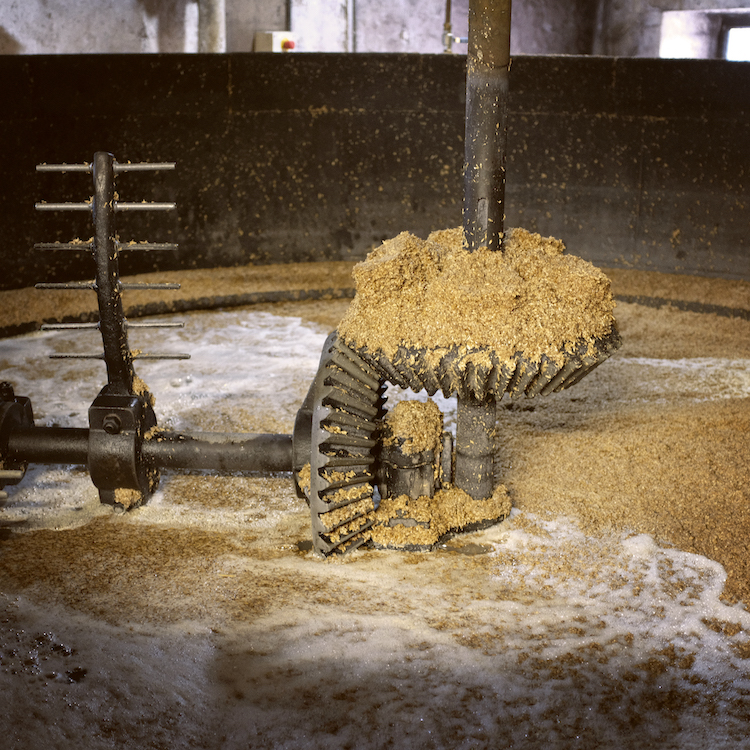
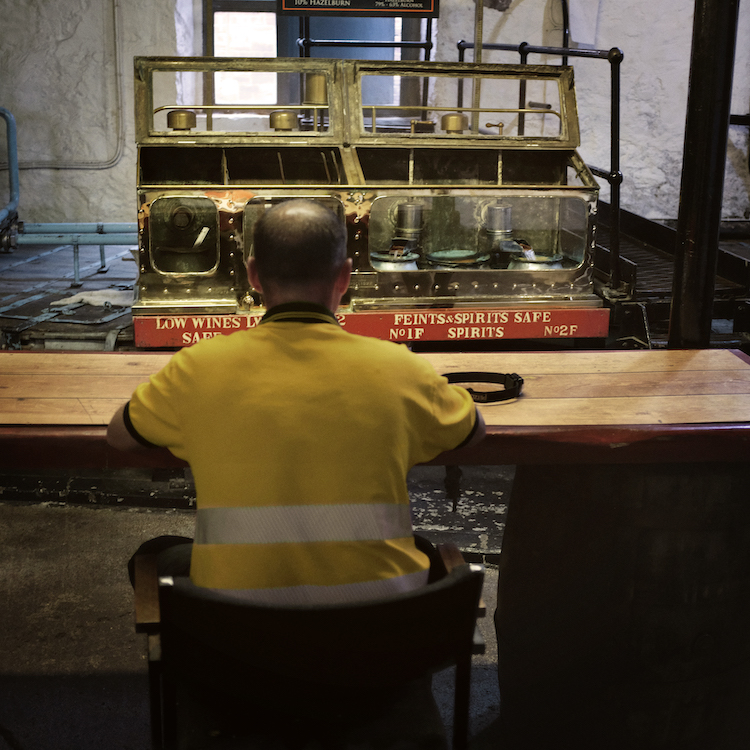
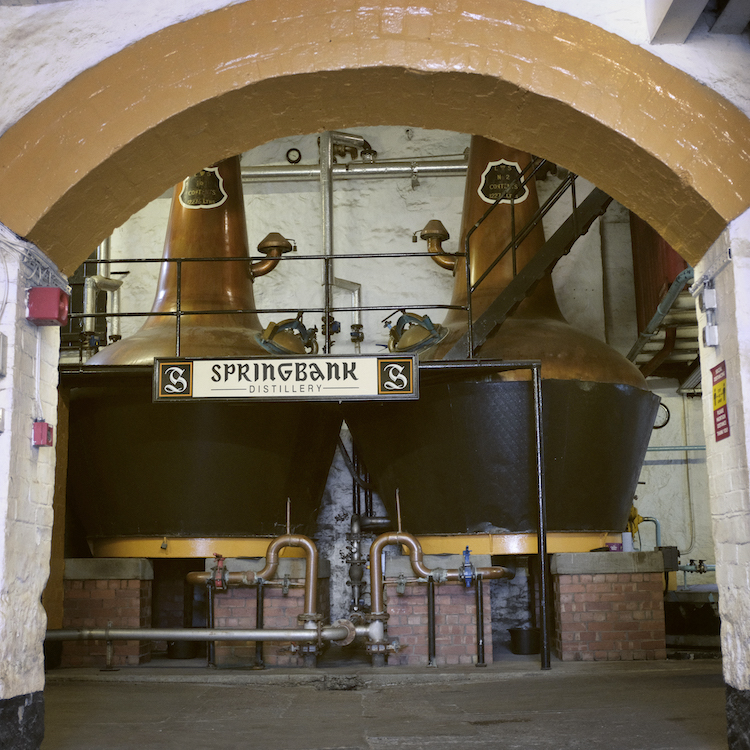
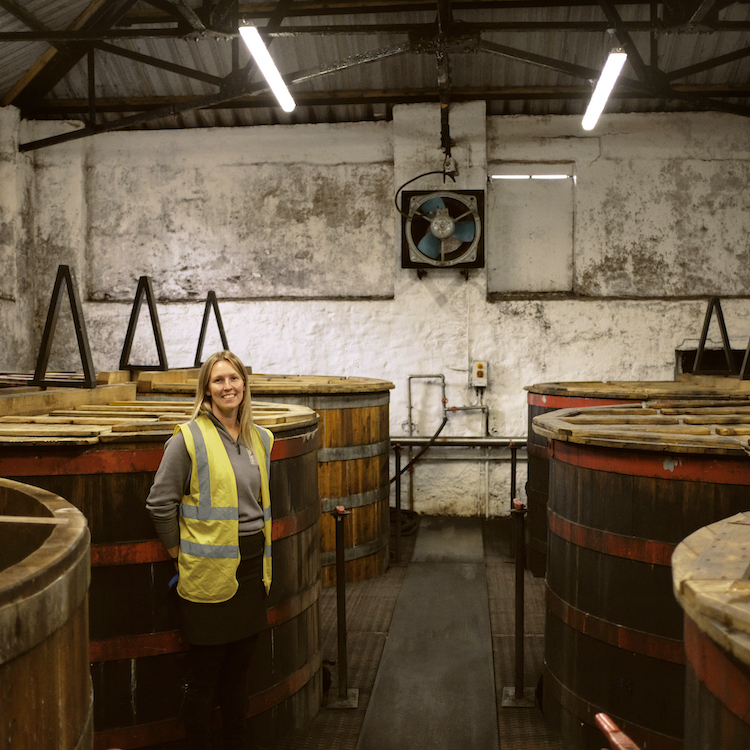
You could have a wee taster while listening to Campbeltown Loch by Andy Stewart but I wouldn’t.
Reading material might be the rather factual ‘The Distilleries of Campbeltown’ by David Stirk
Scottish Dictionary of Sorts Below:
Uisge Beathe – Water of life, whisky
Lum reek – Long may your hearth smoke
Driech – Wet, drizzly, cold
Fret – Sea mist
Bonny – Beautiful
Bampots – Shady characters
Auld – Old
Canny – Clever
Braw – Fine
Sods – Lump of peat
Dram – Serving of whisky
Wee – Small
